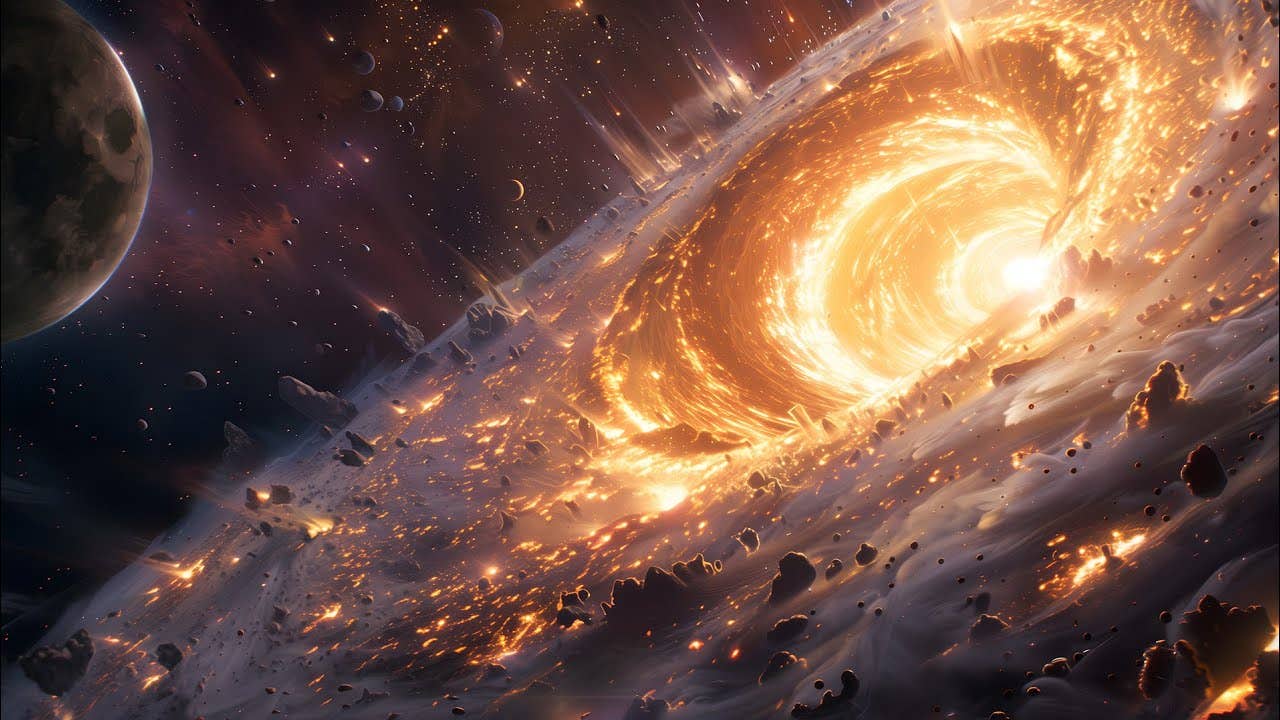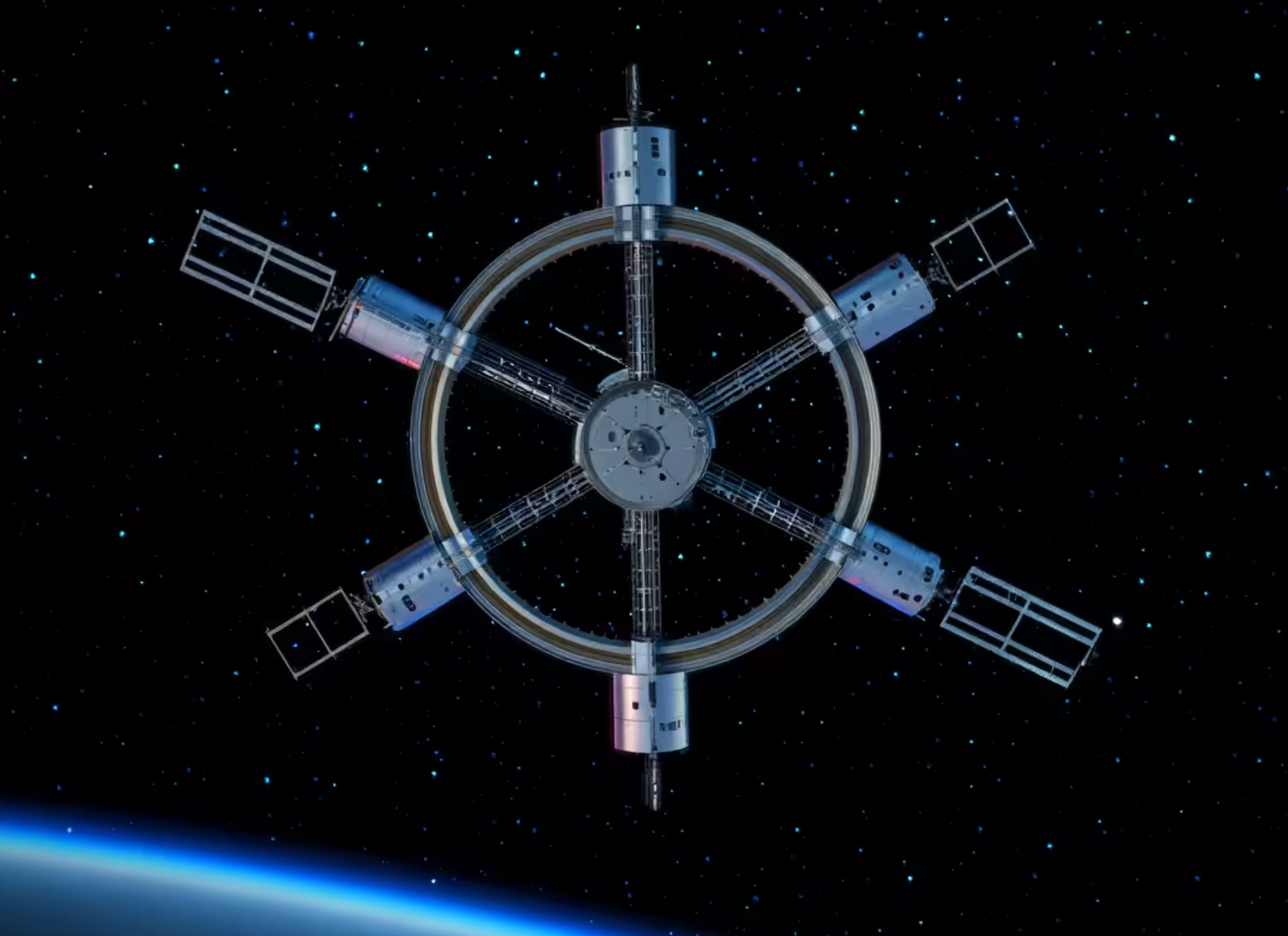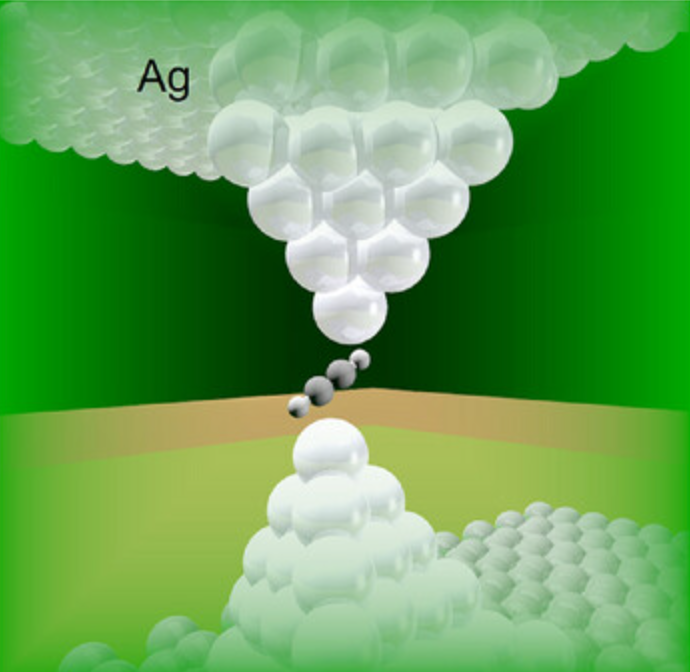The ‘Long Freeze’: A quiet apocalypse predicted to end the universe
In the context of cosmology, holographic dark energy proposes that what we think of as space, gravity, and energy could be illusions.

New theory suggests the universe may stop expanding and freeze in place, ending in a silent, cold stillness. (CREDIT: CC BY-SA 4.0)
The 1990s delivered a surprise to astronomers: the universe wasn't just expanding—it was speeding up. This late-time acceleration turned the field of cosmology on its head. Scientists had to confront a stunning question: what force was driving the cosmos to stretch faster and faster?
The simplest answer at the time was the cosmological constant. This idea, paired with cold dark matter, formed what’s known as the ΛCDM model. But as researchers dug deeper, this model began to show cracks. Even now, it doesn’t fully explain everything. New observations, especially those revealing inconsistencies in measurements of the universe’s expansion—what scientists call the Hubble tension—have driven physicists to explore other explanations.
Exploring a New Framework
One radical idea gaining attention is known as holographic dark energy. This theory comes from something called the holographic principle. According to this principle, everything in a volume of space can be described by information on its surface—like a 3D movie projected from a 2D film reel.
In the context of cosmology, holographic dark energy proposes that what we think of as space, gravity, and energy could be illusions, all emerging from quantum forces on a distant surface. The implications are massive. This model not only offers an explanation for the universe’s acceleration, but it also opens the door to a very different view of reality—one where space itself may not be what it seems.
Using this framework, scientists take a fresh approach to understanding dark energy—the force thought to make up about 70% of the universe's total energy. While regular and dark matter fade over time, dark energy continues to influence the cosmos, shaping its future.
A Universe Approaching Stillness
A recent study, published on the arXiv preprint server, looks at what might happen if holographic dark energy continues to dominate cosmic evolution.
Related Stories
The results are striking. The researchers focused on how this specific model behaves over time without including regular or dark matter. They discovered that although the universe would keep expanding for a while, the pace would gradually decrease.
Eventually, the expansion would slow to a crawl and then stop altogether. The universe would reach a fixed, finite size. This gradual halt has been named the "long freeze."
Unlike the Big Freeze, where the universe expands forever into cold emptiness, or the Big Crunch, where it collapses back in on itself, the long freeze is a middle path. Expansion doesn't go on forever, but it also doesn't reverse. Instead, the universe grinds to a stop.
There would be no drama—just a slow, quiet ending. All stars would burn out. No new stars would form. Atoms and particles would drift apart, suspended in the void. Without energy or interaction, time would lose its meaning. This is not a bang or a crunch. It’s a cosmic sigh.
Why the Holographic Model Matters
The holographic model draws its strength from quantum field theory and the limits set by black hole physics. According to the theory, the energy in a region of space must stay below the mass of a black hole of the same size. This creates a link between the smallest scales—quantum forces—and the largest ones—cosmic expansion.
A specific inequality arises: if ρ is the quantum energy density and L is the size of the region, then the product of L³ρ must be less than or equal to L multiplied by the square of the Planck mass. This sets a cap on the energy that space itself can hold, deeply connecting quantum physics with gravity.
These ideas aren’t just mathematical games. They help researchers adjust their models in search of a better fit with observations. One adjustable part of the holographic dark energy model is a parameter that changes how dense dark energy is. Depending on its value, the universe might expand forever, collapse, or—as in this latest study—slow down and freeze.
The team did not include matter or radiation in their long-term calculations. They focused only on the dark energy component described by the holographic principle. This choice helped isolate its effects and revealed that expansion would likely level off.
A Cold Fate Awaits
If this model turns out to be right, it suggests an ending that’s both peaceful and unsettling. Over countless billions of years, galaxies will grow farther apart. Eventually, even light won’t be able to cross the vast distances between them. Stars will die out one by one, leaving behind white dwarfs, neutron stars, and black holes. These too will fade or evaporate over immense spans of time.
What’s left will be a quiet, dark universe. Particles, once the building blocks of galaxies and life, will be scattered across a frozen cosmos. With no energy exchanges or new structures forming, the universe will resemble a still pond—untouched and unchanging.
Even the most creative tweaks to the holographic dark energy model don’t offer a hopeful escape from this frozen conclusion. There’s no bounce, no reset, no miracle resurgence of light or motion. The long freeze offers no future events, just a drift toward silence.
Tension That Won’t Let Go
Behind this bleak vision lies a deeper motivation: the desire to understand the real physics of our universe. The Hubble tension, a stubborn mismatch between expansion rate estimates from nearby and faraway galaxies, continues to challenge standard models.
Some cosmologists think the solution may lie in new theories of gravity, or even a better understanding of how quantum fields behave at large scales. Holographic dark energy, with its roots in both gravity and quantum mechanics, could bridge that gap. Its foundation in high-energy physics makes it a promising path forward.
A key strength of this model is its ability to naturally explain the universe’s current acceleration without needing fine-tuned parameters. However, it still needs real-world tests. Future measurements from surveys like DESI may help confirm or challenge its predictions.
Searching for Answers
The path forward in cosmology is uncertain. Every new observation raises more questions. But these theories show how far physicists are willing to go to understand the ultimate fate of all things.
While it’s possible that holographic dark energy is just another stepping stone on the way to a fuller theory, it has already expanded the conversation. It challenges assumptions about space, time, and reality. It urges scientists to think beyond traditional models.
One thing is clear: the universe holds more surprises. And with each new idea, we take another step toward uncovering the story of everything—where it came from, how it works, and what happens when the last star fades.
Note: The article above provided above by The Brighter Side of News.
Like these kind of feel good stories? Get The Brighter Side of News' newsletter.



